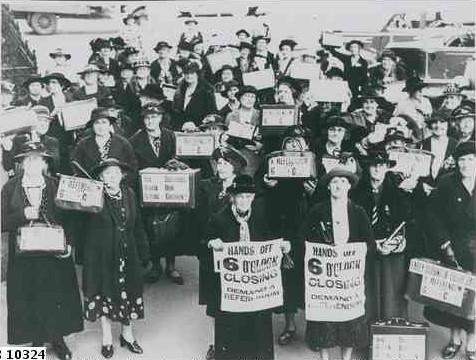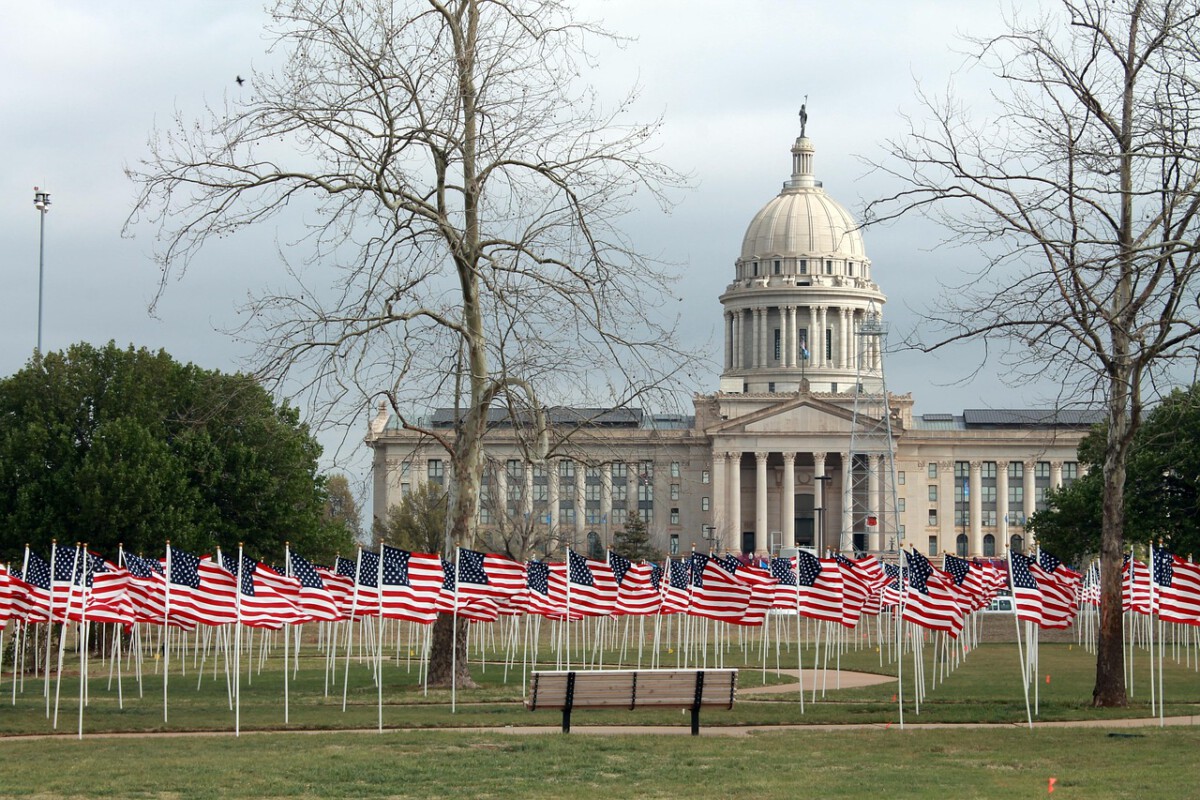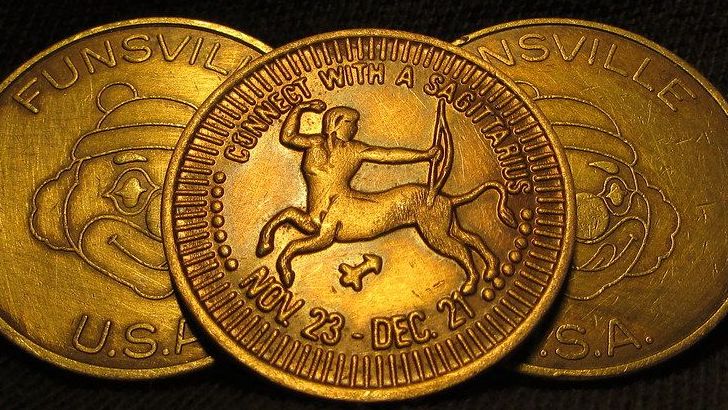The Era of Temperance’s Biblical Fervor

The temperance movement began as a religious crusade in the early 1800s, with Connecticut minister Lyman Beecher leading the charge. Beecher published a book in 1826 called Six Sermons on…Intemperance, describing inebriation as a “national sin” and suggesting legislation to prohibit the sales of alcohol. The American Temperance Society was formed in Boston, Massachusetts, within 12 years claiming more than 8,000 local groups and over 1,250,000 members. By 1830, the average American older than 15 consumed at least seven gallons of alcohol a year. The movement gained momentum through churches, where preachers warned of alcohol’s spiritual dangers and its threat to family life.
Women’s Crusade Against Demon Rum

In the 1870s, inspired by the rising indignation of Methodist and Baptist clergymen, and by distraught wives and mothers whose lives had been ruined by the excesses of the saloon, thousands of women began to protest and organize politically for the cause of temperance. Their organization, the Women’s Christian Temperance Union (WCTU), became a force to be reckoned with, their cause enhanced by alliance with Susan B. Anthony, Elizabeth Cady Stanton, and other women battling for the vote. Women were strongly behind the temperance movement, for alcohol was seen as the destroyer of families and marriages. Men would often spend their money on alcohol, leaving women with no money to provide for their children. By 1831, there were 24 women’s organizations dedicated to temperance. These women saw their mission as protecting the home and family from the corrupting influence of alcohol.
The Anti-Saloon League’s Political Machine

Founded in 1893 in Oberlin, Ohio, the Anti-Saloon League quickly rose to become the most powerful prohibition lobby in America, overshadowing the older Woman’s Christian Temperance Union and the Prohibition Party. The league was no modest volunteer organization—with funding from John D. Rockefeller and contributions from tens of thousands of American churches, the league was structured like a corporation, and staffed by lawyers, statisticians, publicists, fundraisers, and researchers. Unlike previous temperance groups, the League focused solely on achieving prohibition through political means. The ASL was basically a Protestant church movement, with Ernest Cherrington, an ASL leader, calling it “the united Church Militant engaged in the overthrow of the liquor traffic.” They organized “Saloon Field Days” where churches collected contributions for their cause.
Wayne Wheeler’s Ruthless Political Tactics

Wayne Bidwell Wheeler was an American attorney and longtime leader of the Anti-Saloon League, the leading advocate of the prohibitionist movement who played a major role in the passage of the Eighteenth Amendment. Wheeler became one of the most feared men in American politics, with a biographer declaring that in his lifetime, Wheeler “controlled six Congresses, dictated to two Presidents of the United States, directed legislation in most of the States of the Union.” Wheeler developed a method of activism that came to be called “Wheelerism,” which focused on only one issue, and relied heavily on mass media to persuade politicians that there was widespread public support for the ASL’s position. Opponents of the league could expect to be attacked in the dry press, bombarded with telegrams, have their personal lives probed by private investigators, and have rumors about their political and financial affairs floated in public.
The Massive Dry Victory of 1919

In 1917, the House of Representatives wanted to make Prohibition the 18th Amendment to the Constitution. Congress sent the amendment to the states for ratification, where it needed three-fourths approval. In just 13 months enough states said yes to the amendment that would prohibit the manufacture, sale, and transportation of alcoholic liquors. Under the Anti-Saloon League’s campaign, nearly half the area of the United States went dry by 1913. In New York alone, league efforts had increased the number of dry towns from 276 to 400, and entire states like Colorado, Oregon, Utah, Washington, and Nevada had gone dry as well. The victory seemed complete, and temperance leaders believed they had won a permanent victory over alcohol.
Early Success Turns to Enforcement Nightmare

The amendment worked at first: liquor consumption dropped, arrests for drunkenness fell, and the price for illegal alcohol rose higher than the average worker could afford. Alcohol consumption dropped by 30 percent and the United States Brewers’ Association admitted that the consumption of hard liquor was off 50 percent during Prohibition. However, these statistics do not reflect the growing disobedience toward the law and law enforcement. The intensity of the temperance advocates was matched only by the inventiveness of those who wanted to keep drinking. Enforcing Prohibition proved to be extremely difficult. The illegal production and distribution of liquor, or bootlegging, became rampant, and the national government did not have the means or desire to try to enforce every border, lake, river, and speakeasy in America.
The Speakeasy Explosion and Criminal Empire

By 1925 in New York City alone there were anywhere from 30,000 to 100,000 speakeasy clubs. The demand for alcohol was outweighing (and out-winning) the demand for sobriety. An entire black market—comprising bootleggers, speakeasies, and distilling operations—emerged as a result of Prohibition, as did organized crime syndicates which coordinated the complex chain of operations involved in the manufacture and distribution of alcohol. Corruption in law enforcement became widespread as criminal organizations used bribery to keep officials in their pockets. After just six months of prohibition, over 15,000 doctors and 57,000 pharmacists received licenses to prescribe or sell medicinal alcohol. Physicians wrote an estimated 11 million prescriptions a year throughout the 1920s.
Violence and Crime Skyrocket

The homicide rate increased from 6 per 100,000 population in the pre-Prohibition period to nearly 10 per 100,000 in 1933. Not only did the number of serious crimes increase, but crime became organized. Criminal groups organize around the steady source of income provided by laws against victimless crimes such as consuming alcohol. The highest homicide rate in the United States in the first half of the 20th century occurred during the years of prohibition, decreasing immediately after prohibition ended. Gang warfare became commonplace as criminal organizations fought over territory and profits from the illegal alcohol trade.
The Great Depression Delivers the Final Blow

The downward economic spiral continued until finally hitting bottom by early 1933 when at least 12 million workers representing 25 percent of the workforce were unemployed. Americans, confused and dismayed by the economic crisis, listened as “wets,” those in favor of repeal, laid partial blame for the Depression on Prohibition. Legalizing alcohol, they claimed, would bring back desperately needed jobs in breweries and distilleries, generate tax revenue for the government’s coffers, and stop expensive attempts to enforce Prohibition. According to organizations advocating against Prohibition, an estimated $861 million was lost in federal tax revenue from untaxed liquor; $40 million was spent annually on Prohibition enforcement.
Women Turn Against Their Own Movement

The repeal movement attracted a substantial portion of women, defying the assumption that recently enfranchised female voters would automatically vote as a bloc on this issue. They became pivotal in the effort to repeal, as many “had come to the painful conclusion that the destructiveness of alcohol was now embodied in Prohibition itself.” Activist Pauline Sabin argued that repeal would protect families from the corruption, violent crime, and underground drinking that resulted from Prohibition. On May 28, 1929, Sabin founded the Women’s Organization for National Prohibition Reform (WONPR), which attracted many former Prohibitionists to its ranks. By the time repeal was finally passed in 1933 the WONPR’s membership was estimated at 1.5 million. These women had witnessed firsthand how Prohibition had made their communities more dangerous, not safer.
Roosevelt’s Swift Action Against the Noble Experiment

Roosevelt defeated Hoover in a record landslide – 22.8 million votes to 15.7 million – and voters installed large Democratic Party majorities in the House and Senate. Congress, still in the lame-duck session, started considering a draft of the 21st Amendment that would repeal the 18th. Celebrations for the repeal of Prohibition began when Roosevelt signed the Cullen-Harrison Act on March 22, 1933, that legalized beer with 3.2 percent alcohol by weight, or 4 percent by volume. Full repeal of Prohibition, including higher-alcohol spirits, came several months later on December 5, 1933. Less than two weeks after taking office, Roosevelt was hosting a dinner at the White House when he remarked to guests, “This would be a good time for a beer.” He asked for a bill to rewrite the Volstead Act to legalize beer with 3.2 percent alcohol content and light wines.
The Fastest Constitutional Reversal in History

State conventions, one by one, ratified the 21st Amendment, starting with Michigan. On November 7, 1933, only nine months after Congress sent the repeal vote to the states, Utah’s legislature became the 36th to approve it. Three state conventions approved it as of December 5, 1933, making it official. It was the first time in U.S. history that the country amended the Constitution to repeal a previous amendment. When 3.2 percent alcohol beer was legalized in 1933, it created 81,000 jobs within a three-month span. The speed of repeal demonstrated how thoroughly public opinion had turned against Prohibition.
The Temperance Movement’s Complete Collapse

Wheeler’s callous attitude and refusal to compromise on enforcing prohibition began to change the way the public viewed the Anti-Saloon League, and Wheeler’s influence began to wane. Wheeler retired shortly after the public outcry over the poisoning deaths. The most telling sign of the relationship between serious crime and Prohibition was the dramatic reversal in the rates for robbery, burglary, murder, and assault when Prohibition was repealed in 1933. Sociologist John Pandiani noted that “a major wave of crime appears to have begun as early as the mid 1920s [and] increased continually until 1933 … when it mysteriously reversed itself.” The temperance movement that had once commanded millions of supporters and controlled Congress had been completely discredited by its own success.
The Lasting Legacy of America’s Greatest Failed Experiment

The Great Depression of course did not come to an end, but what had come to an end was the most extensive social experiment ever undertaken in the United States. The Great Depression, historians recognized, was what finally killed Prohibition. Although the nation already appeared to be on a tract to attempt repeal, the Depression pushed the process to a much quicker end than there might otherwise have been. A 2015 study estimated that the repeal of Prohibition had a net social benefit of “$432 million per annum in 1934–1937, about 0.33% of gross domestic product. Total benefits of $3.25 billion consist primarily of increased consumer and producer surplus, tax revenues, and reduced criminal violence costs.” The temperance crusade that began with such moral certainty and religious fervor had become a cautionary tale about the dangers of legislating morality. What started as a noble attempt to protect families ended up endangering them more than alcohol ever had.





